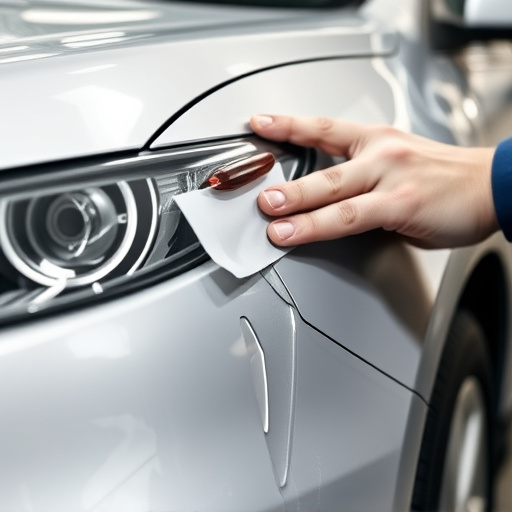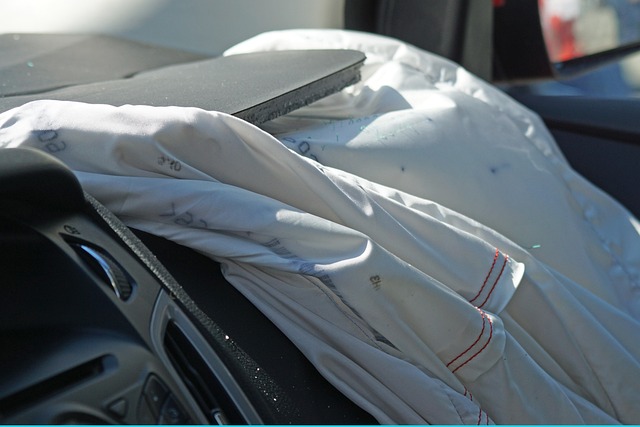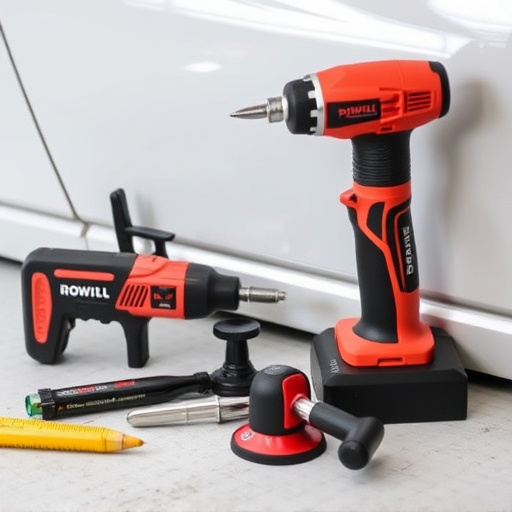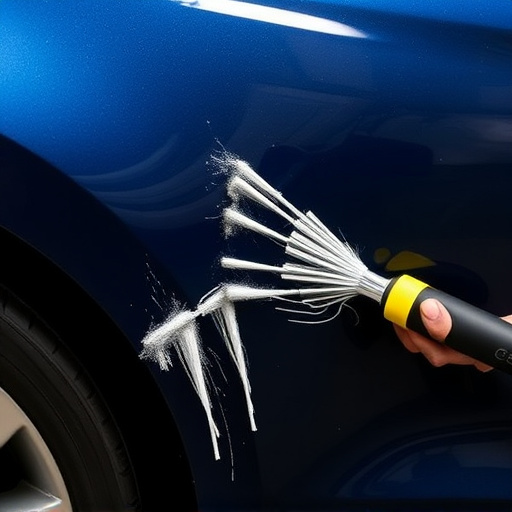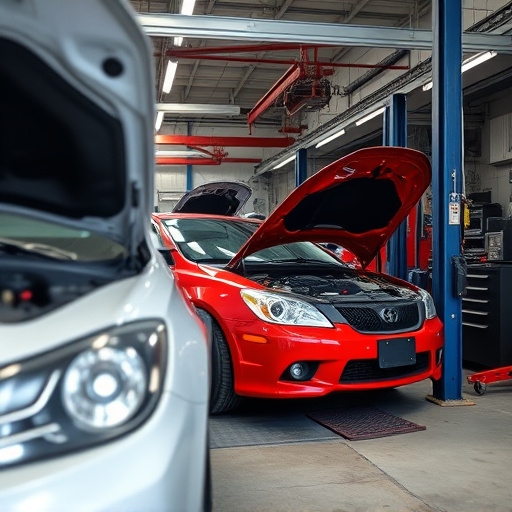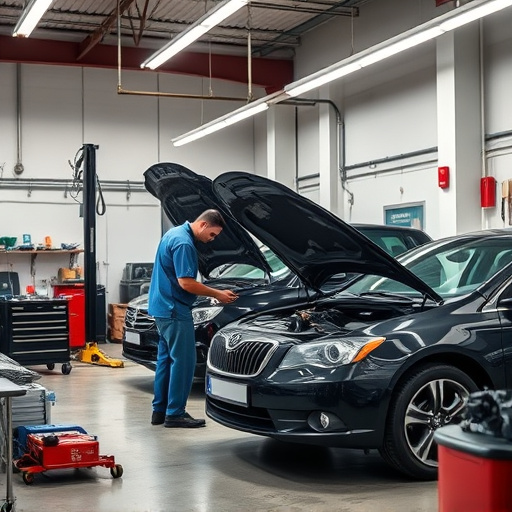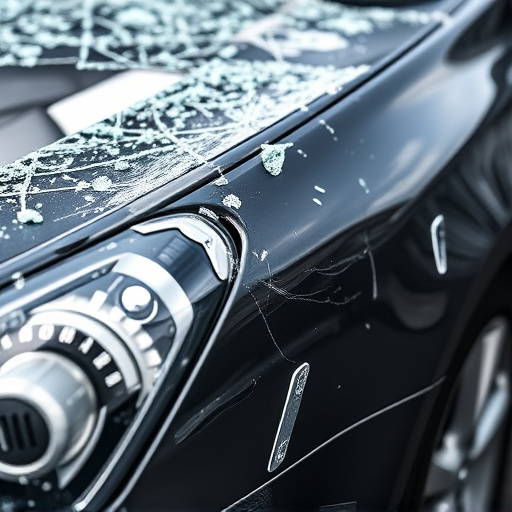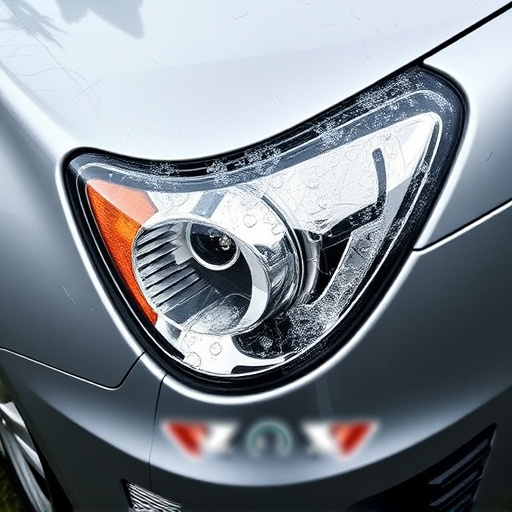Recognize damage in Mercedes run-flat tires (unusual noises, bulges, cuts) and act promptly. Replace tires with large punctures, deep cuts or bulges affecting structural integrity for safety. Monitor tread depth wear limits for optimal performance. Run-flat technology allows safe driving at reduced speeds after deflation, minimizing downtime.
Are you driving a Mercedes with run-flat tires? Knowing when to replace them is crucial for safety and performance. This guide helps you recognize common signs indicating your run-flat tires need replacing, weighing repair vs. replacement, and exploring the benefits of cutting-edge Mercedes run-flat technology. By understanding these aspects, you’ll ensure optimal tire health and enhance your driving experience.
- Recognizing the Signs of Run-Flat Tire Damage
- When to Choose Replacement Over Repair
- The Benefits of Mercedes Run-Flat Tire Technology
Recognizing the Signs of Run-Flat Tire Damage
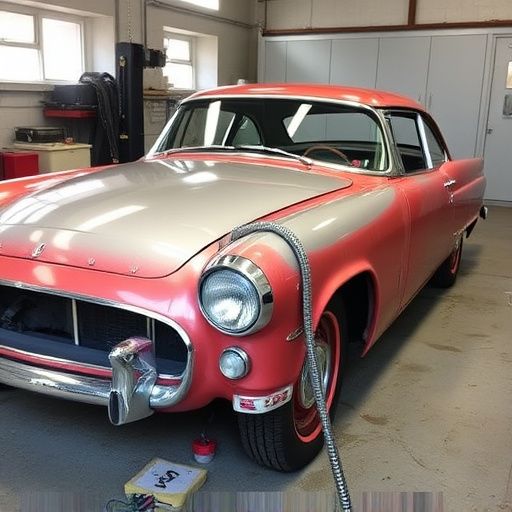
Recognizing damage to your Mercedes’ run-flat tires is crucial for ensuring safe and efficient vehicle operation. One of the primary indicators is unusual noise coming from the tires, especially when driving at high speeds. This could be a sign that the tire structure has been compromised. Additionally, visual inspections are vital; look out for any bulges, cuts, or punctures on the tire’s surface. Run-flat tires are designed to withstand minor impacts and maintain temporary air pressure, but severe damage can render them unsafe.
If you notice vibrations while driving, it might suggest internal tire issues that require immediate attention from a qualified collision repair center. Regularly check your vehicle’s performance and handle carefully; any changes in steering or unusual wear patterns on the brakes could indicate compromised run-flat tires. Prompt action is key when addressing Mercedes run-flat tire replacement, as continuing to drive with damaged tires can lead to further complications and put your safety at risk. Collision repair services specializing in vehicle bodywork are best equipped to handle these delicate replacements.
When to Choose Replacement Over Repair

While minor dents or cuts on your Mercedes’ run-flat tires might be repaired, there comes a point where replacement is the wiser choice. Consider replacing your run-flat tires if they have sustained significant damage, such as large punctures, deep cuts, or bulges that compromise their structural integrity. Even if the tire still holds air after a vehicle collision repair or car bodywork services, it may no longer be able to effectively support your vehicle safely at high speeds. Remember, the primary purpose of run-flat tires is to maintain vehicle stability and control in case of a sudden loss of pressure—a damaged tire could undermine this critical safety feature.
Additionally, if your tires have reached their wear limit as indicated by the tread depth, replacing them with new ones is essential for both performance and safety. Car paint services might be required if the damage includes visible scuffs or scratches, but ultimately, a Mercedes run-flat tire replacement will ensure optimal driving experience and peace of mind on the road.
The Benefits of Mercedes Run-Flat Tire Technology

Mercedes run-flat tire technology offers a unique advantage for drivers, providing enhanced safety and convenience on the road. These tires are designed to maintain their structural integrity even when deflated, allowing vehicles to continue driving at reduced speeds for a limited distance. This feature eliminates the need for immediate Mercedes run-flat tire replacement in many cases, reducing potential hazards during unexpected flats.
When a traditional tire is punctured, it can cause a vehicle to lose control or experience a dangerous loss of traction. Run-flat tires, however, support the weight of the vehicle and its cargo through their rigid sidewalls, enabling drivers to safely reach their destination or a nearby service station for auto body repairs. This technology also reduces downtime and costs associated with emergency roadside assistance and temporary tire replacements. Additionally, many Mercedes vehicles equipped with run-flat tires come with a monitoring system that alerts drivers when a tire is damaged, allowing for prompt attention and minimizing the risk of accidents caused by underinflated or faulty tires.
If you’ve noticed any of these common signs, such as unusual wear patterns, bulges, or cracks in your Mercedes’ run-flat tires, it’s crucial to consider a prompt Mercedes run-flat tire replacement. While repairs might seem like a temporary solution, the benefits of advanced Mercedes run-flat technology, including enhanced safety and convenience, make replacement the smarter choice for long-term driving peace of mind.


